Home>Interior Design>Is Black A Color? Experts Advise On Picking The Right Black
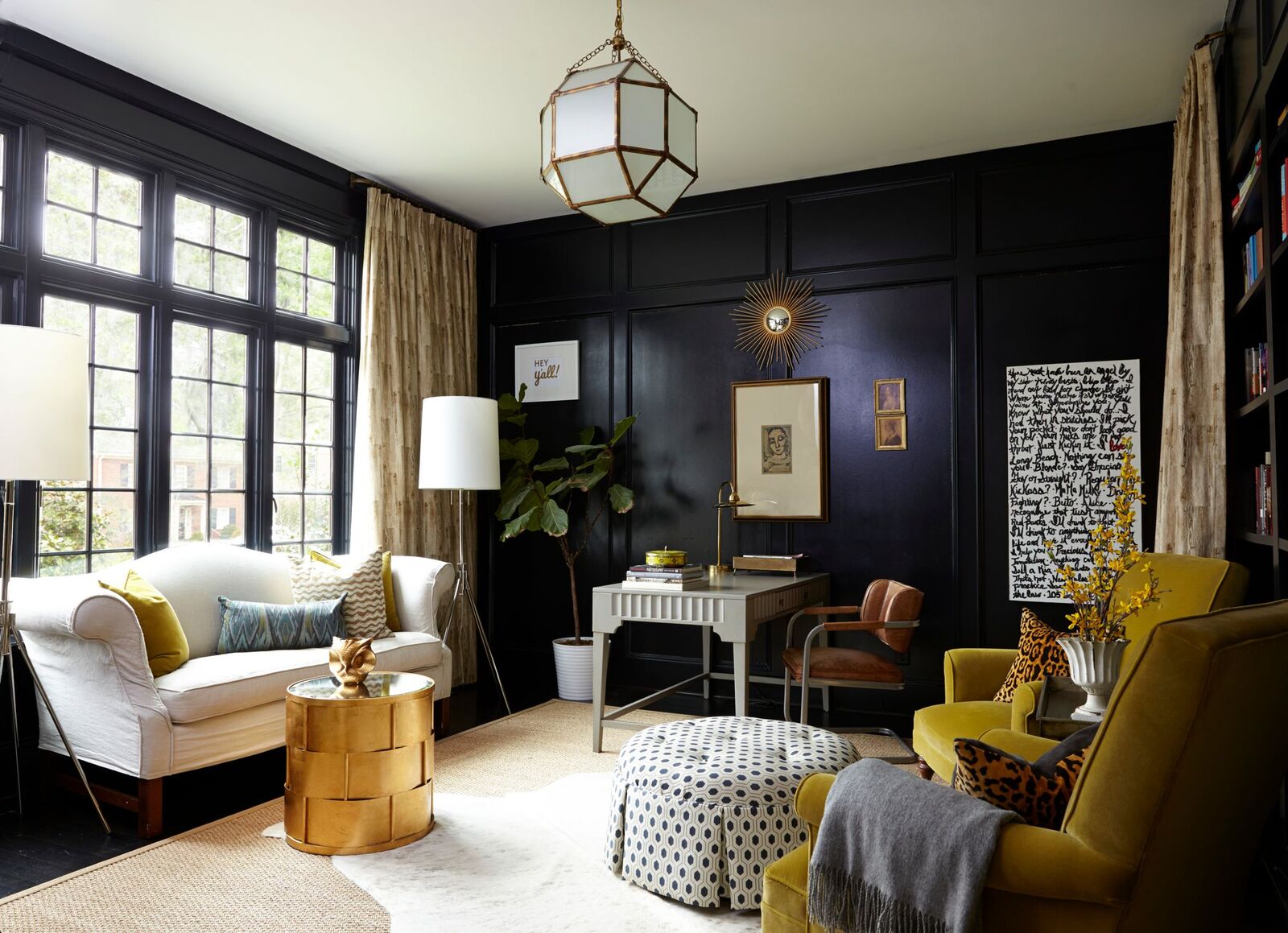

Interior Design
Is Black A Color? Experts Advise On Picking The Right Black
Modified: December 7, 2023
Discover expert advice on picking the perfect black for your interior design. Is black really a color? Find out from the experts.
(Many of the links in this article redirect to a specific reviewed product. Your purchase of these products through affiliate links helps to generate commission for Storables.com, at no extra cost. Learn more)
Introduction:
When it comes to interior design, color plays a crucial role in setting the mood and creating the desired ambiance. As one of the most classic and timeless colors, black often holds a prominent place in design schemes. However, the question of whether black is considered a color or not can be a topic of debate. In this article, we will delve into the world of color theory and explore the definition and perception of black.
Color is a fascinating aspect of design that evokes emotions and affects the overall aesthetic of a space. From vibrant hues to subtle neutrals, every color has its unique impact. But what about black? Is it truly a color, or is it simply the absence of color?
To answer this question, we must first understand how color is defined. In traditional color theory, color is categorized as being part of the visible light spectrum. This spectrum consists of various wavelengths, each corresponding to a different color. The visible light spectrum starts with red, followed by orange, yellow, green, blue, indigo, violet, and concludes with violet-red. All other colors are considered mixtures or combinations of these primary colors.
Black, however, poses an interesting challenge to this traditional understanding. It is often described as the absence of light or the absorption of all wavelengths. Technically speaking, black is not a color in the same way that other hues are. Rather, it is the absence of color. When an object appears black, it is because it absorbs all light and reflects little to no visible light back to our eyes.
While black may not fit the conventional definition of a color, it still holds significant importance in the realm of design. Black has long been recognized for its elegance, sophistication, and ability to add depth to a space. It can serve as a grounding element, creating contrast and enhancing other colors in a design scheme. Whether used as a dominant color or as an accent, black has the power to make a strong visual impact.
Furthermore, black carries its own symbolism and cultural associations. It is often associated with power, mystery, and formality. From a psychological perspective, black can evoke feelings of strength, authority, and introspection. These qualities make black a popular choice in both modern and traditional interior design.
Now that we understand the definition and significance of black, let us delve further into the science behind this unique shade and explore the perception of black in our daily lives.
Key Takeaways:
- Black, while technically not a color, holds significant importance in interior design due to its ability to create impact, contrast, and sophistication. Understanding its unique properties and symbolism is crucial for effective design incorporation.
- When selecting black for interior design, consider undertones, lighting, balance, finish, scale, and personal intuition. Expert advice can provide valuable insights, but ultimately, trust your instincts to create visually stunning and harmonious spaces.
Understanding Color:
Color is a fundamental element that influences our perception and can have a profound impact on our emotions and well-being. It is essential to have a basic understanding of color theory when approaching interior design.
Colors can be broadly categorized into three main groups: primary colors, secondary colors, and tertiary colors. Primary colors, namely red, blue, and yellow, are considered the building blocks of all other colors. Secondary colors are created by mixing two primary colors together, resulting in orange, green, and violet. Tertiary colors are the result of mixing a primary color with a neighboring secondary color.
Color is not only present in pigments and paints but also in light. The color spectrum can be seen in a rainbow or when light passes through a prism. This phenomenon helps us understand that colors are created through light waves, with each color having a specific wavelength.
Color theory also includes concepts such as hue, saturation, and value. Hue refers to the purest form of a color, such as pure red or pure blue. Saturation refers to the intensity or purity of a color, with more vibrant colors having higher saturation. Value, on the other hand, refers to the lightness or darkness of a color. By understanding these elements, designers can create harmonious and visually appealing color schemes.
It is important to note that colors can evoke different emotions and have cultural associations. For example, warm colors like red, orange, and yellow are often associated with energy, warmth, and excitement. Cool colors like blue, green, and purple tend to evoke a sense of calm, tranquility, and relaxation. However, individual reactions to colors can vary based on personal experiences and cultural backgrounds.
In addition to the traditional color spectrum, there are also neutral colors. These include black, white, gray, and variations of brown. Neutral colors are often used as a base or background in design schemes, allowing other colors to stand out. They can also help create balance and provide a sense of calmness in a space.
Understanding color theory is crucial when working with black in interior design. While black may not fit the traditional color wheel, its unique characteristics and psychological impact make it a valuable addition to any design scheme. In the following sections, we will explore the definition and perception of black in more detail, shedding light on its significance in the world of interior design.
Defining Black:
When discussing color, it is important to define what exactly is meant by the term “black.” In everyday language, black is often used to describe the absence of color, darkness, or the color of objects that appear to be devoid of light. However, in the context of color theory, black can be somewhat complex to define.
In its most basic definition, black is the absence of light or the absence of color. It is often described as a color that absorbs all light and reflects little to no visible light back to our eyes. Unlike other colors that reflect specific wavelengths of light, black absorbs light across the entire visible spectrum, giving it its characteristic dark appearance.
From a scientific standpoint, black is not considered part of the visible light spectrum. It is often seen as the absence of all colors or a combination of colors that result in a lack of perceived light. While black pigments can be created and used in various industries, strictly speaking, black as a pigment does not emit light nor reflect any specific wavelength that would qualify it as a true color in the traditional sense.
However, in the world of interior design and visual arts, black is commonly referred to as a color due to its ability to visually impact a space and interact with other colors. It holds its own unique place on the color wheel alongside other hues.
Black has distinctive characteristics and properties that make it an invaluable addition to design schemes. It can provide contrast, depth, and definition to a space when used strategically. Whether it is used as a dominant color or in combination with other hues, black has the power to create drama, sophistication, and a sense of modernity.
It is crucial to understand that the perception and interpretation of colors, including black, can vary depending on cultural, personal, and historical contexts. In some cultures, black may be associated with mourning and darkness, while in others, it may symbolize elegance, formality, and strength. The significance and symbolism of black can evolve over time and across different design trends.
Ultimately, defining the concept of black is not black and white. It depen
Black as a Color:
While black may not fit the conventional definition of a color, it is widely recognized and used as a color in the world of design. In interior design, black is celebrated for its ability to create impact, contrast, and sophistication.
Black holds a unique position in color theory as it can enhance the appearance of other colors. It serves as a powerful backdrop, allowing vibrant hues to pop and stand out. When paired with bright and bold colors, black can create a striking visual contrast that adds depth and drama to a space.
Additionally, black is often used to create a sense of balance and harmony in design schemes. Its neutrality allows it to seamlessly integrate with other colors, regardless of the color palette or style. Whether it is used in a monochromatic scheme or alongside a range of different shades, black adds a touch of elegance and sophistication.
In addition to being visually captivating, black also evokes certain emotions and associations. It is often seen as a color of power, authority, and strength. Black garments are commonly worn in formal and professional settings, symbolizing professionalism and sophistication. In interior design, black can evoke a sense of luxury and timelessness.
As a color, black can also affect the perception of space. It has the ability to create a cozy and intimate atmosphere, especially when used in larger quantities. Black walls or furniture can make a room feel more enclosed and intimate, perfect for creating a cozy sitting area or a peaceful bedroom.
Furthermore, black can be used in a variety of design styles. It can add a modern and sleek touch to a contemporary design, or it can infuse a touch of elegance and traditional charm in more classic interiors. Its versatility makes it a favorite among designers and homeowners alike.
It is worth noting that when using black as a color in interior design, careful consideration should be given to lighting. Black surfaces have a tendency to absorb and reflect less light, which can create a dark and oppressive atmosphere if not balanced properly. Adequate lighting, both natural and artificial, is essential to ensure that the space remains visually appealing and functional.
Overall, while black may not fit the traditional definition of a color, its role in interior design cannot be overlooked. Whether it is used as a dominant color or as an accent, black has the power to transform a space, add depth and contrast, and evoke a range of emotions. Its versatility and timeless appeal make it a valuable tool in the hands of designers and homeowners.
The Science Behind Black:
To understand the science behind black, we must delve into the realm of physics and the concept of light. Black, in essence, is the absence of light or the absence of color. It is the result of an object or surface absorbing all wavelengths of light and reflecting little to no light back to our eyes.
When light hits an object, it can be either absorbed, reflected, or transmitted. The color we perceive is a result of the light that is reflected back to our eyes. For example, when we see an object that appears red, it means that the object is absorbing all other colors and reflecting red light back to us.
However, black objects behave differently. Instead of reflecting any specific color, they absorb all wavelengths of light across the visible spectrum. This absorption is due to the object’s surface structure and composition.
At a microscopic level, the surface of a black object is filled with structures or particles that irregularly scatter and absorb light. This scattering leads to the light being reduced and eventually absorbed, resulting in the appearance of blackness. The more efficiently an object absorbs light, the darker and blacker it appears to us.
While black objects can appear visually opaque, they may still possess microscopic reflections or shimmer when light hits them at certain angles. These reflections are often minimal and not enough to change the overall perception of blackness.
Interestingly, the scientific concept of black extends beyond objects or surfaces. Black holes, for instance, are celestial objects with gravitational forces so strong that nothing, including light, can escape from them. The absence of any emitted or reflected light results in a region of utter blackness in space.
Understanding the science behind black is important in various practical applications. In photography, for example, black backdrops or backgrounds are commonly used to create contrast and emphasize the subject. Furthermore, in technology, black screens or surfaces can help reduce glare and improve visual quality.
Black also has thermal properties that make it an efficient absorber of heat. In practical terms, this means that black surfaces can absorb and retain heat more effectively than lighter-colored surfaces. This characteristic is often utilized in solar panels, where black surfaces capture sunlight and convert it into energy.
Overall, the science behind black revolves around the concept of light absorption and reflection. Black objects absorb all wavelengths of light, resulting in a visual perception of darkness. From photography to technology to thermal applications, understanding the scientific properties of black can help in various fields and enhance our understanding of the color spectrum as a whole.
The Perception of Black:
Black is a color that carries significant symbolism and is subject to individual perception and cultural associations. The way we perceive and interpret black can vary depending on various factors, such as personal experiences, cultural backgrounds, and the context in which it is used.
One of the primary attributes associated with black is its connection to darkness. Historically, darkness has been linked to fear, mystery, and the unknown. This association with darkness can be seen in various cultural beliefs and folklore. Black has often been associated with the occult, magic, and supernatural elements.
On the other hand, black also holds positive connotations. It is frequently associated with formality, elegance, and sophistication. Black is a color that exudes a sense of power, authority, and strength. Black garments, for example, are commonly worn in formal settings such as evening events or business meetings, symbolizing professionalism and prestige.
Furthermore, black has a significant presence in the fashion industry. It is often considered a timeless color that never goes out of style. Black clothing is favored for its ability to create a slimming effect and provide a neutral canvas for accessories and other colors.
In interior design, the perception of black can vary depending on how it is used. A room with predominantly black elements can evoke a sense of luxury, drama, and sophistication. However, an excessive use of black can also create a feeling of heaviness and reduce the perceived size of a space. It is important to strike a balance and use black strategically to create the desired atmosphere.
Individuals’ perceptions of black may also be influenced by personal experiences and cultural contexts. Cultural associations and traditions can shape our perception of black and its symbolic meanings. For example, in Western cultures, black is often associated with mourning and grief, while in other cultures, it may have different cultural or religious significance.
In the realm of color psychology, black is believed to evoke a range of emotions. It can be seen as a color that inspires introspection, self-reflection, and a sense of mystery. Black can also be perceived as a calming and grounding color, allowing individuals to feel more centered and focused.
Overall, the perception of black is multifaceted and can vary from person to person and culture to culture. It carries both positive and negative associations, representing elegance, power, and sophistication, as well as darkness and the unknown. Understanding the perception of black is essential when incorporating it into design schemes or considering its psychological impact on individuals.
Choosing the Right Black:
Selecting the right black for your interior design project requires careful consideration to achieve the desired effect. Not all blacks are created equal, as there are subtle variations in undertones and finishes that can significantly impact the overall aesthetic. Here are some factors to consider when choosing the right black:
Undertones:
Black may appear straightforward, but it can have undertones that affect how it interacts with other colors and lighting. For example, some blacks have cool undertones with a bluish or grayish hue, while others have warmer undertones with hints of brown or purple. Consider the existing colors in your space and choose a black with undertones that will complement or create the desired contrast.
Finishes:
The finish of black materials can greatly impact the visual texture of a space. Matte black provides a smooth and subtle appearance, while glossy black creates a lustrous and reflective surface. Satin or semi-gloss finishes offer a balance between the two. Consider the overall style and mood you want to achieve and choose a finish that aligns with your vision.
Lighting Conditions:
The lighting in a space can greatly influence how black is perceived. Natural lighting with plenty of daylight can bring out the richness of black, while artificial lighting can cast different tones and shadows. Consider the lighting conditions in your space and test black samples under different lighting to ensure the desired effect is achieved.
Contrast and Balance:
Black is a powerful color that can create contrast and balance in a room. Consider the other colors present in your space and how black will interact with them. Black can be used as an accent color to add depth and create visual interest. It can also be used as a dominant color in a monochromatic scheme. Strive for a harmonious balance between black and other colors to create a cohesive and visually appealing design.
Personal Style and Preferences:
Ultimately, choosing the right black for your project also comes down to personal style and preferences. Consider what emotions and ambiance you want to evoke in the space. Do you prefer a bold and dramatic look, or do you lean towards a more subtle and understated elegance? Take your personal style into account to ensure the chosen black aligns with your vision.
Consulting with design professionals or seeking inspiration from interior design resources can be helpful when selecting the right black. Samples and swatches can also be useful in visualizing how different blacks will interact with your space. Remember, the right black can elevate your interior design and create a timeless and sophisticated look.
Factors to Consider:
When incorporating black into your interior design, there are several important factors to consider. Taking these factors into account will help you make informed decisions and ensure that black is used effectively to enhance your space. Here are some key factors to consider:
Overall Design Style:
Consider the overall design style you want to achieve in your space. Black can be used in a variety of design styles, from modern and minimalist to classic and traditional. Understanding the style you are aiming for will guide you in selecting the right shade of black and incorporating it harmoniously into your design scheme.
Space and Lighting:
Take into consideration the size and layout of the space where you plan to incorporate black. In smaller spaces, too much black can make the area feel cramped and confined. In larger spaces, black can create a sense of depth and drama. Additionally, consider the lighting conditions in the space. Natural light can bring out the richness of black, while artificial light sources may cast different tones and shadows. Test how black appears in different lighting situations to ensure the desired effect.
Balance and Contrast:
Black can create striking contrasts and balance in a room. Consider the other colors and textures present in your space and how black will interact with them. Black can act as an accent color, providing a visual focal point and enhancing the overall design. It can also be used as a dominant color in a monochromatic scheme or as a grounding element to create balance. Strive for a harmonious balance between black and other colors to achieve a cohesive and visually appealing design.
Functionality and Practicality:
Consider the functionality and practicality of incorporating black into your design. Black surfaces tend to show dust, fingerprints, and scratches more easily than lighter colors. Matte black finishes can minimize the appearance of smudges, while glossy finishes may require more maintenance to keep them looking clean. Additionally, consider how black will affect the temperature in the space. Black absorbs heat, which may be desirable in cooler climates but can contribute to discomfort in warmer environments. Assess the practical implications of using black in your design scheme to ensure convenience and long-term satisfaction.
Personal Preference and Emotional Response:
Your personal preference and emotional response to black should also be considered. Black carries various associations and can evoke different emotions in different individuals. It can be seen as elegant, powerful, and modern, or it can evoke feelings of somberness and melancholy. Reflect on your own feelings and the atmosphere you want to create in your space when deciding how to incorporate black.
Considering these factors will help you make informed decisions when using black in your interior design. By carefully evaluating the style, space, lighting, balance, practicality, and personal preferences, you can confidently integrate black into your design scheme and create a space that is visually appealing and reflects your unique aesthetic.
Expert Advice on Selecting Black:
When it comes to selecting the perfect black for your interior design project, expert advice can offer valuable insights and guidance. Experienced designers and decorators have a wealth of knowledge to share when it comes to using black effectively. Here are some expert tips on selecting black:
Consider the Undertones:
Expert designers emphasize the importance of considering the undertones of black. Just like any other color, black can have subtle undertones that can greatly impact its appearance in a space. Pay attention to the undertones and consider how they will interact with the other colors in your design scheme. Whether you opt for a black with cool undertones like blue or gray, or warm undertones like brown or purple, ensure it complements the overall aesthetic you are aiming for.
Test Samples in Different Lighting:
Lighting plays a vital role in how black is perceived. Experts advise testing black samples in different lighting conditions to see how they appear. Natural light, as well as artificial lighting sources, can affect the visual appearance of black. Consider how black will look in different times of the day and under various lighting setups to ensure that it creates the desired effect in your space.
Balance Black with Other Colors:
Creating a balanced color scheme is essential when incorporating black. Experts suggest using black as an accent color or as a grounding element to create contrast and balance. Consider the other colors you plan to use and how black will interact with them. Experiment with different color combinations to find the right balance that highlights the beauty of black while creating a harmonious visual composition.
Choose the Right Finish:
The finish of black materials can significantly impact the overall look and feel. Experts recommend considering the finish that best suits your design goals. Matte black finishes offer a subdued and elegant look, while glossy black finishes create a sleek and reflective effect. Satin or semi-gloss finishes strike a balance between the two. Select a finish that aligns with your style and desired ambiance.
Take Scale and Proportion into Account:
Scale and proportion are crucial considerations when using black. Experts suggest using black strategically to add depth and visual interest in proportion to the size of the space. In larger rooms, black can be used more generously to create a dramatic effect, while in smaller spaces, it is best to use black sparingly or in smaller doses to avoid overwhelming the area.
Trust Your Intuition:
Ultimately, experts advise trusting your intuition and personal preferences when selecting black. Design is a creative process, and it is important to choose black shades and materials that resonate with you and reflect your unique taste. Trust your instincts and select black elements that evoke the desired emotions and create the atmosphere you envision.
By considering these expert tips, you can confidently select the right black for your interior design project. With careful consideration of undertones, lighting, balance, finish, scale, and personal intuition, you can effectively incorporate black to create a visually stunning and harmonious space.
Conclusion:
When it comes to interior design, incorporating black can add depth, contrast, and sophistication to a space. While the question of whether black is truly a color or not may spark debate, its significance in design cannot be denied. Despite technically being the absence of color, black carries its own symbolism and evokes a range of emotions.
Understanding color theory and the science behind black allows us to appreciate its unique properties. Black absorbs all wavelengths of light and is often used strategically to create impact and enhance other colors. Its versatility makes it suitable for a wide range of design styles, from contemporary to traditional.
When choosing the right black for your design project, there are several factors to consider. Undertones, lighting conditions, balance with other colors, finishes, and personal preferences all play a role in selecting the perfect black. Seeking expert advice can also provide valuable insights and guidance in making informed decisions.
Ultimately, incorporating black requires a thoughtful and intentional approach. It can create drama, elegance, and a sense of timelessness when used effectively. By understanding the nuances of black and its interaction with other elements in a space, you can create a visually stunning and harmonious interior design.
Whether it’s a carefully selected black accent, bold and dramatic black walls, or black furniture pieces, the power of black in interior design cannot be underestimated. Its ability to enhance other colors, evoke emotions, and add a touch of sophistication makes it a valuable tool in the hands of designers and homeowners.
So, embrace the versatility and impact of black in your interior design projects. Use it wisely, trust your instincts, and create spaces that are visually captivating, timeless, and reflective of your unique style.
Frequently Asked Questions about Is Black A Color? Experts Advise On Picking The Right Black
Was this page helpful?
At Storables.com, we guarantee accurate and reliable information. Our content, validated by Expert Board Contributors, is crafted following stringent Editorial Policies. We're committed to providing you with well-researched, expert-backed insights for all your informational needs.
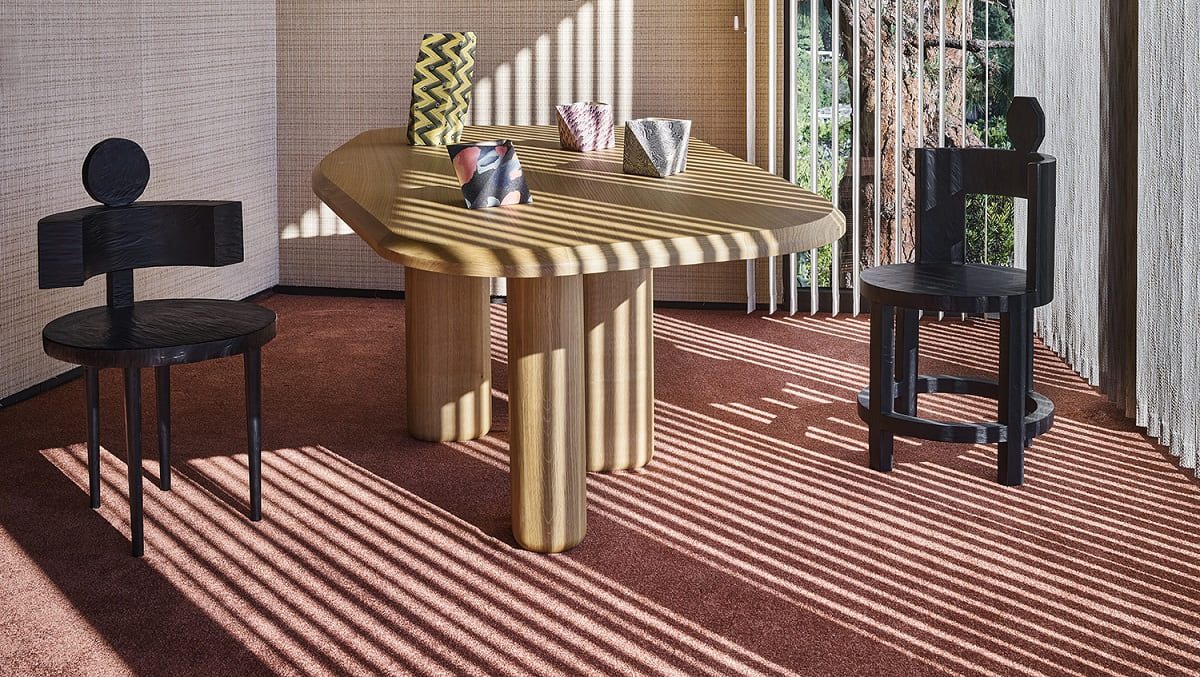

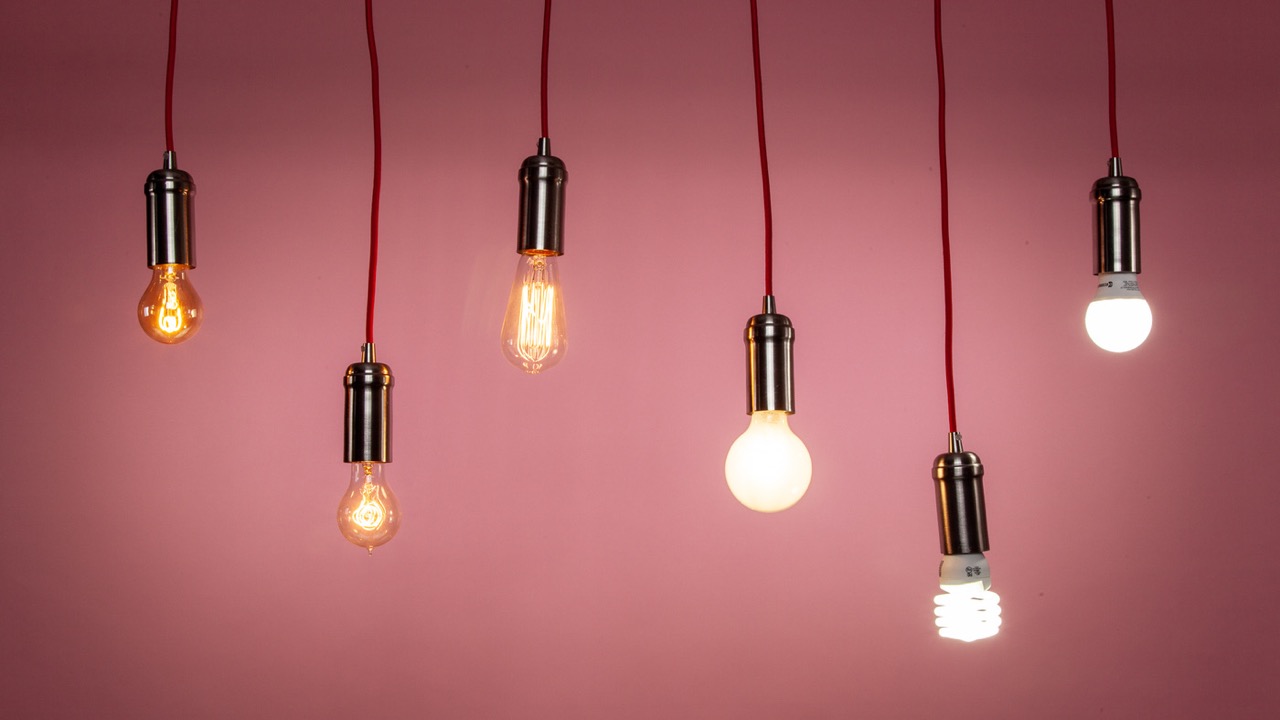


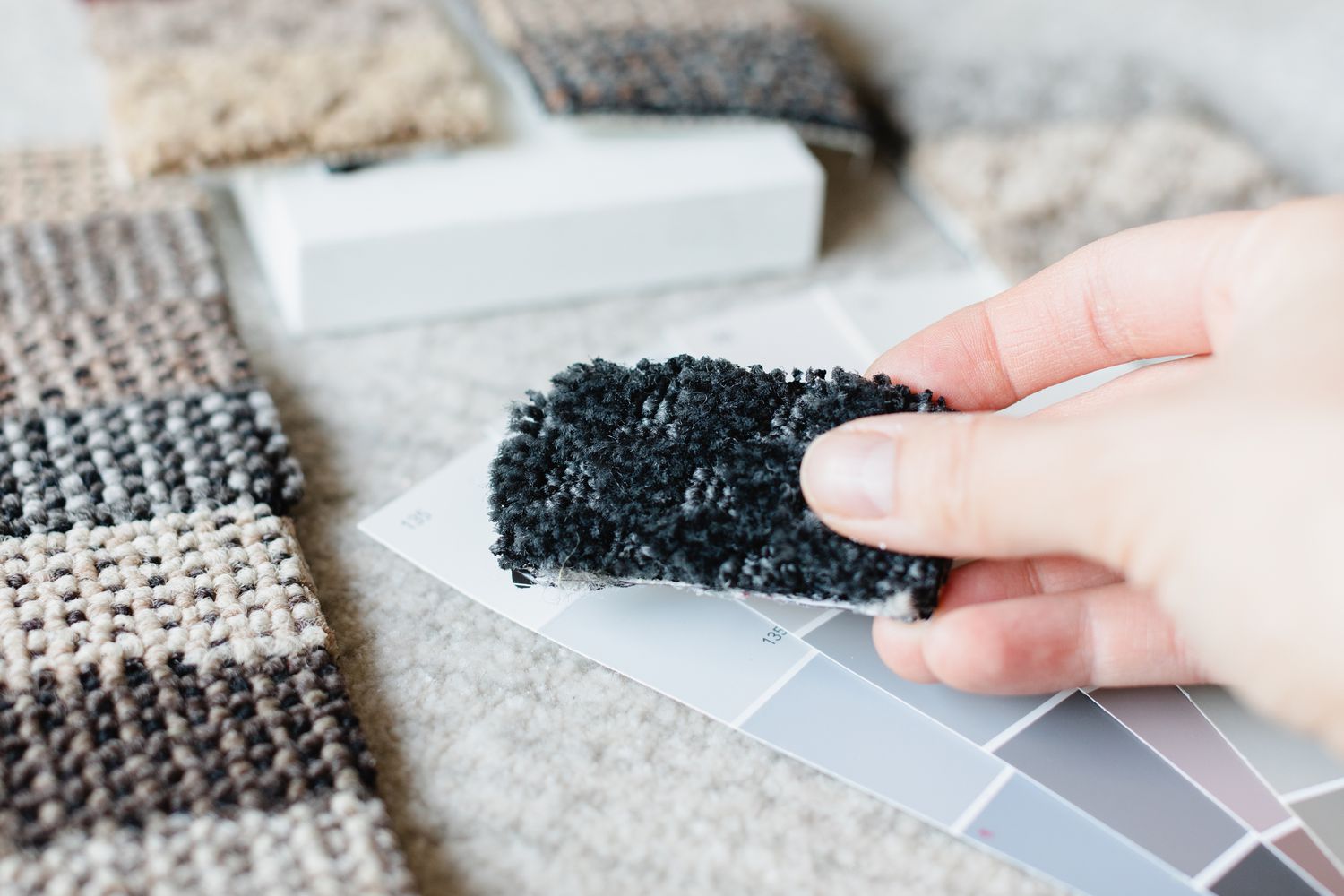

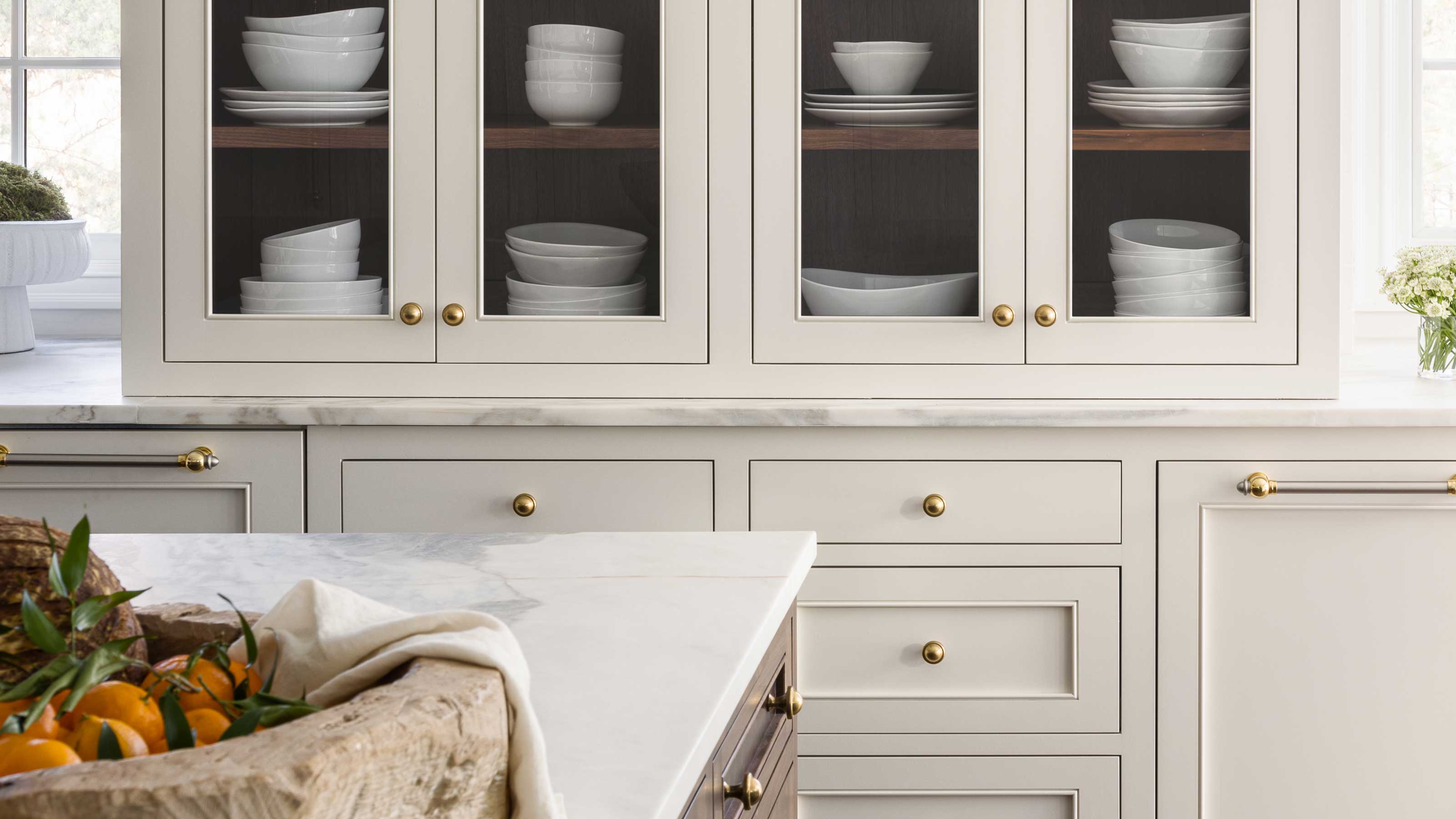


0 thoughts on “Is Black A Color? Experts Advise On Picking The Right Black”